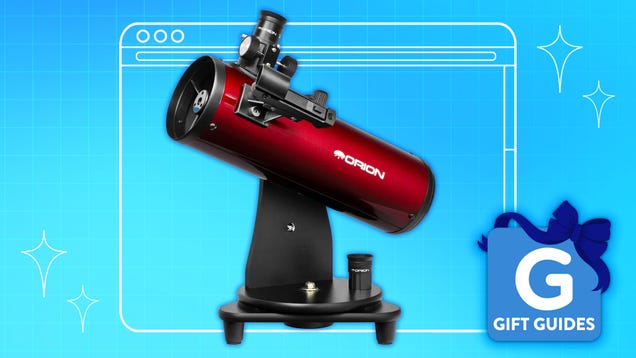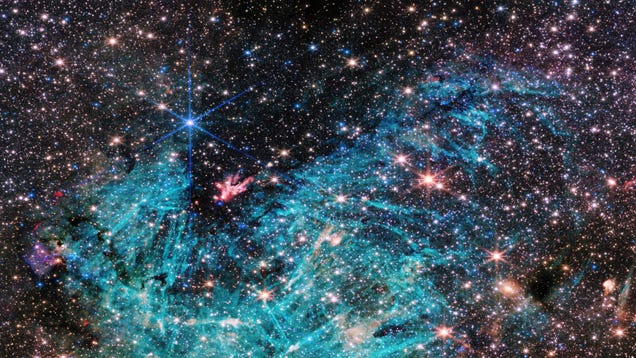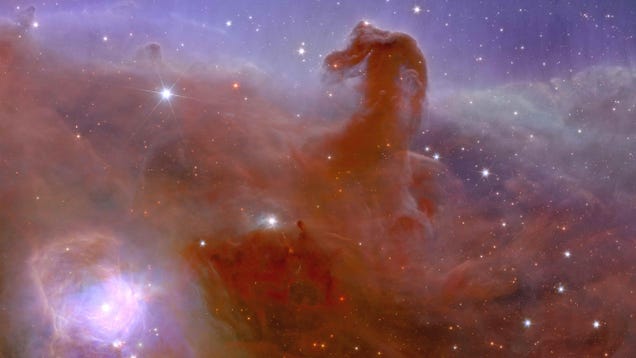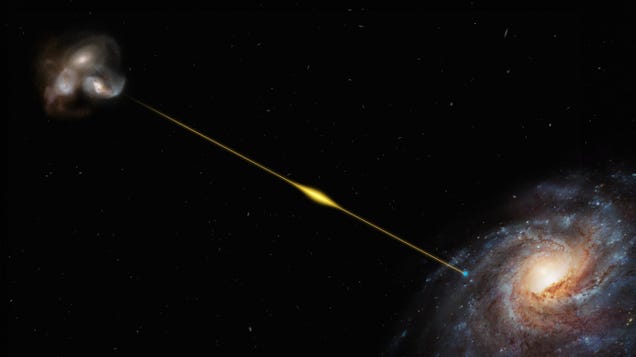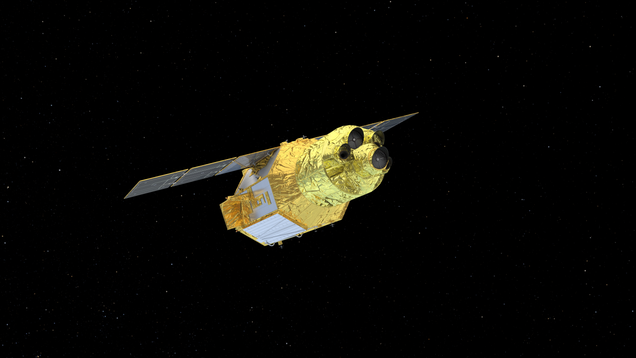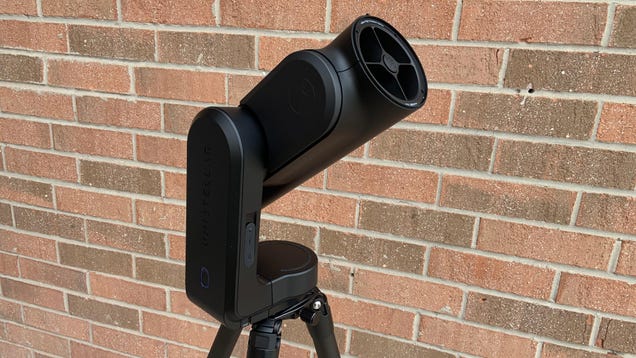
Robotic telescopes of various shapes and sizes are hitting the market these days, each promising clear views of the cosmos and ease of use—attributes not often found paired together in a single telescope. Amateur and backyard astronomers are now fully embracing this ongoing, auto-GOTO revolution, but not every…



